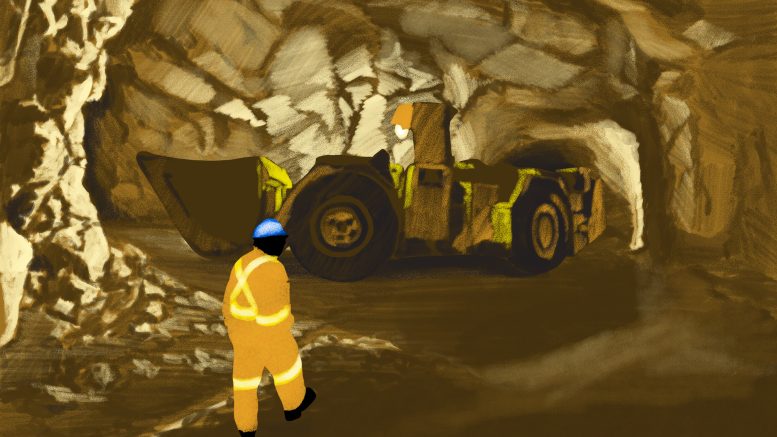Rare earth elements and other metals are often termed “critical minerals,” as they are in high demand and economically essential.
From aerospace and electronics to national defence and energy generation, critical minerals are applied in a wide range of industries.
Although these resources are needed for an environmentally sustainable and digital economy, their supply chains are at risk of disruption.
University of Manitoba distinguished professor in the department of earth sciences Mostafa Fayek highlighted that a significant problem regarding these critical elements is that they are unequally distributed across the globe.
“Countries are always looking for critical elements and critical mineral deposits to make sure that the supply chain for their use is not disrupted,” Fayek said.
One of these critical minerals is lithium.
This naturally occurring element is mined from hard rock and brine — a highly concentrated saltwater solution that occurs underground.
Lithium is the lightest solid element, and its compounds enable clean energy and transportation through rechargeable battery technologies.
Canada is a potential supplier of lithium, and in Manitoba there are several companies actively exploring critical mineral deposits.
Today, lithium batteries are used by automobile companies such as Tesla, in common household items like security systems and medical devices and in many personal electronic devices such as cellphones, vaping devices, e-bikes and electronic toothbrushes.
Snow Lake Lithium, a Manitoba-based lithium mining company, projects that global lithium demand will more than double by 2024.
With this increase in demand, the company has stated its commitment toward supplying lithium to the electric vehicle and battery market across North America while reducing supply chain emissions.
In a collaboration between the University of Manitoba and Snow Lake Lithium, new research led by Fayek seeking to better understand the lithium deposits in Snow Lake, Man. is underway.
According to Fayek, the research project focuses on two key areas — understanding how the lithium deposits formed and devising geochemical exploration techniques to search for more deposits.
To understand how these deposits form, Fayek uses geochemical techniques such as mineralogy. Mineralogy explores the internal crystal structure and physical and chemical properties of minerals.
“We look at this to try to understand what kinds of fluids help form these deposits,” he said.
He explained that these deposits could be hydrothermal, meaning a concentration of lithium due to hot waters circulating in the Earth’s crust, or magmatic, meaning deposits formed during the crystallization of magma, or a combination of both.
Additionally, Fayek looks at alteration halos — a border of minerals left by hydrothermal flow in rocks — to explore these deposits.
Another element that Fayek has worked extensively on is uranium.
This metallic chemical element is found in many rocks, and is used as an abundant source of energy.
Uraninite is a highly radioactive ore mineral of uranium, which occurs naturally in uranium deposits and is very similar in composition to the used nuclear fuel that comes out of nuclear reactors.
Fayek’s previous research involved studying uranium deposits as analogous to high-level nuclear waste disposal below ground.
“If we can understand how this uraninite survived millions and billions of years in the subsurface, then perhaps we can mimic this in a deep geologic repository where we want to bury our high-level fluid,” he explained.
Like with lithium, Fayek’s uranium research also focuses on developing exploration strategies for finding uranium deposits buried deep within the ground.
“We’ve developed a method to actually determine the ages of these uranium deposits,” he said.
As uranium deposits generally form in fractures and faults in the earth’s crust, Fayek explained that this age dating technique is used in determining which fractures and faults have ore deposits.
Uraninite is used in the creation of fuel for nuclear reactors, and also to produce uranium for nuclear weapons.
Fayek noted that commercial nuclear reactors as a source of energy are very environmentally friendly.
“They produce the nuclear power, and that’s probably the greenest form of energy you can get,” he said.
“There’s no CO2 emission from a nuclear power plant, zero.”





